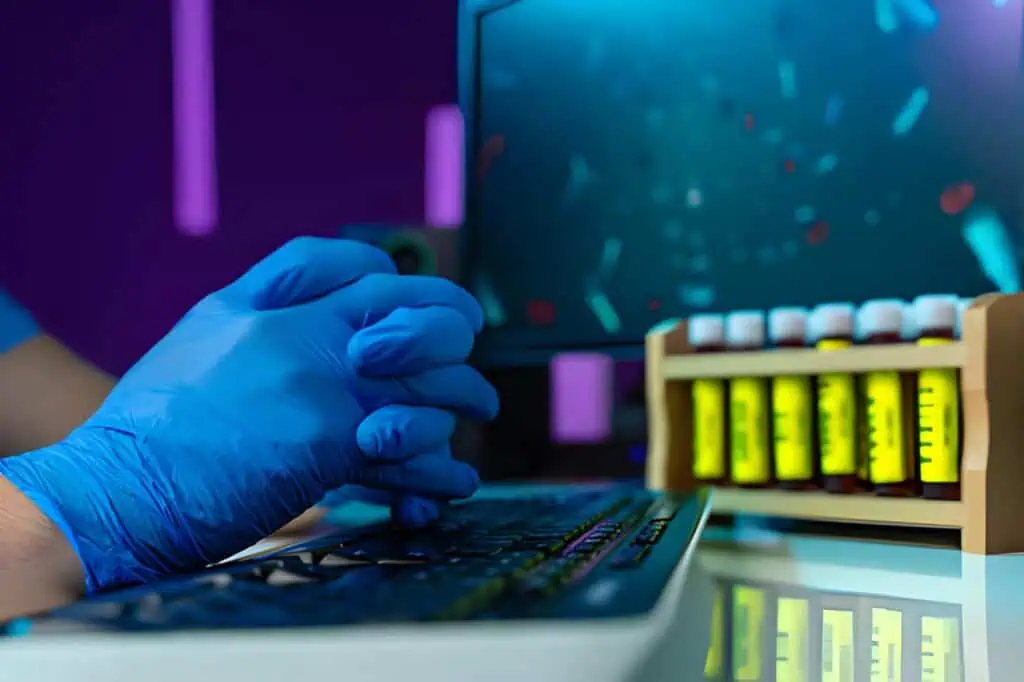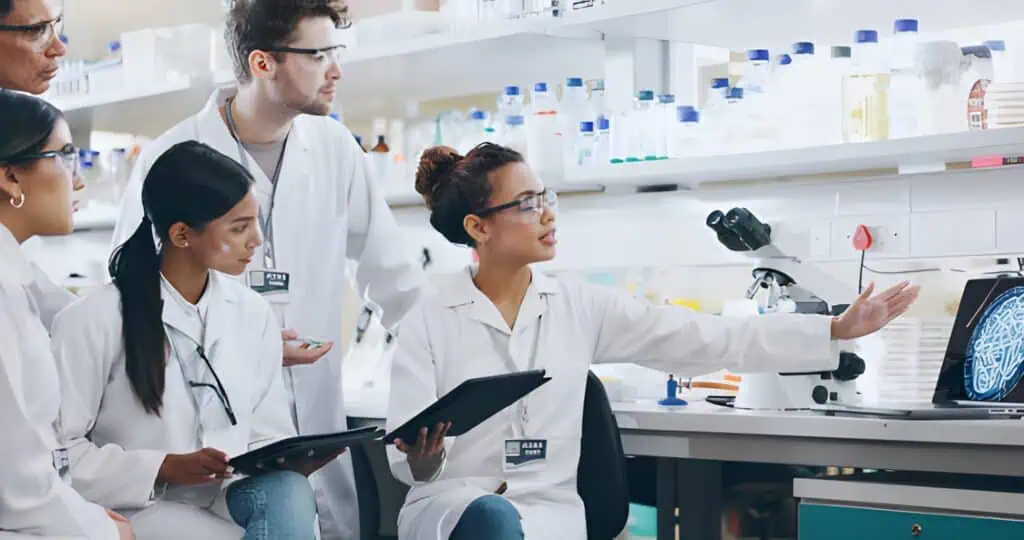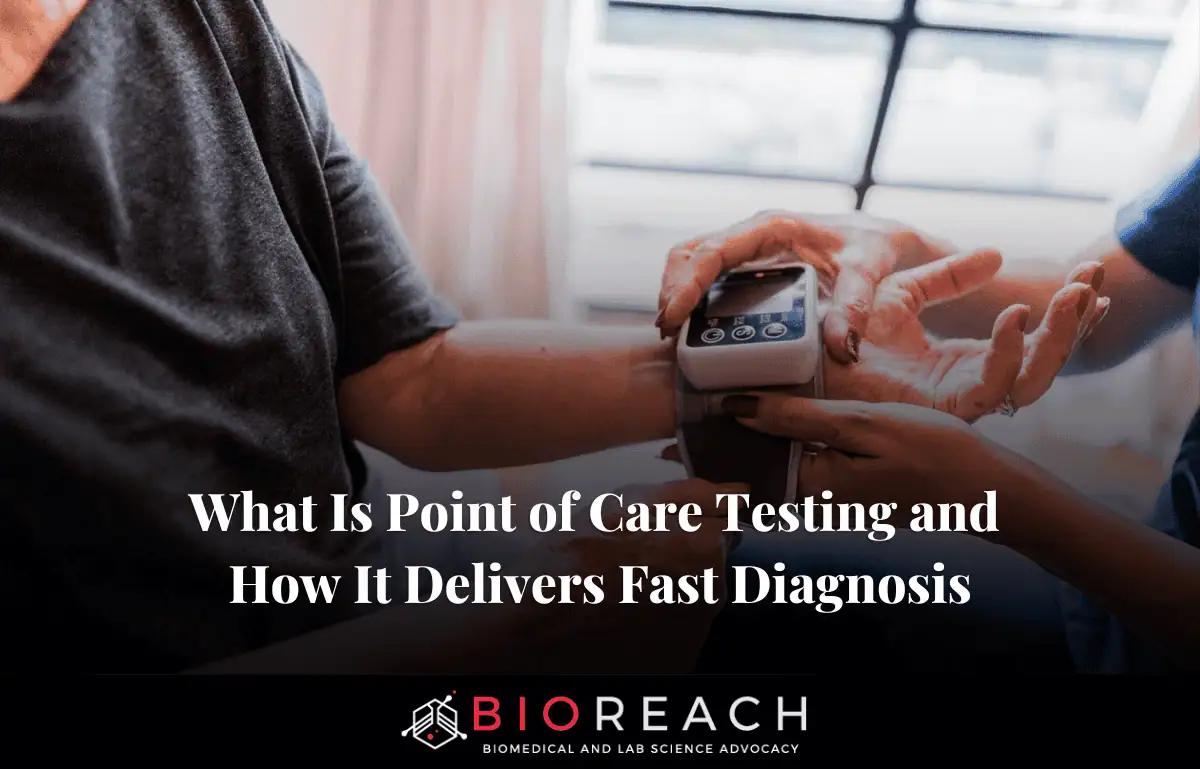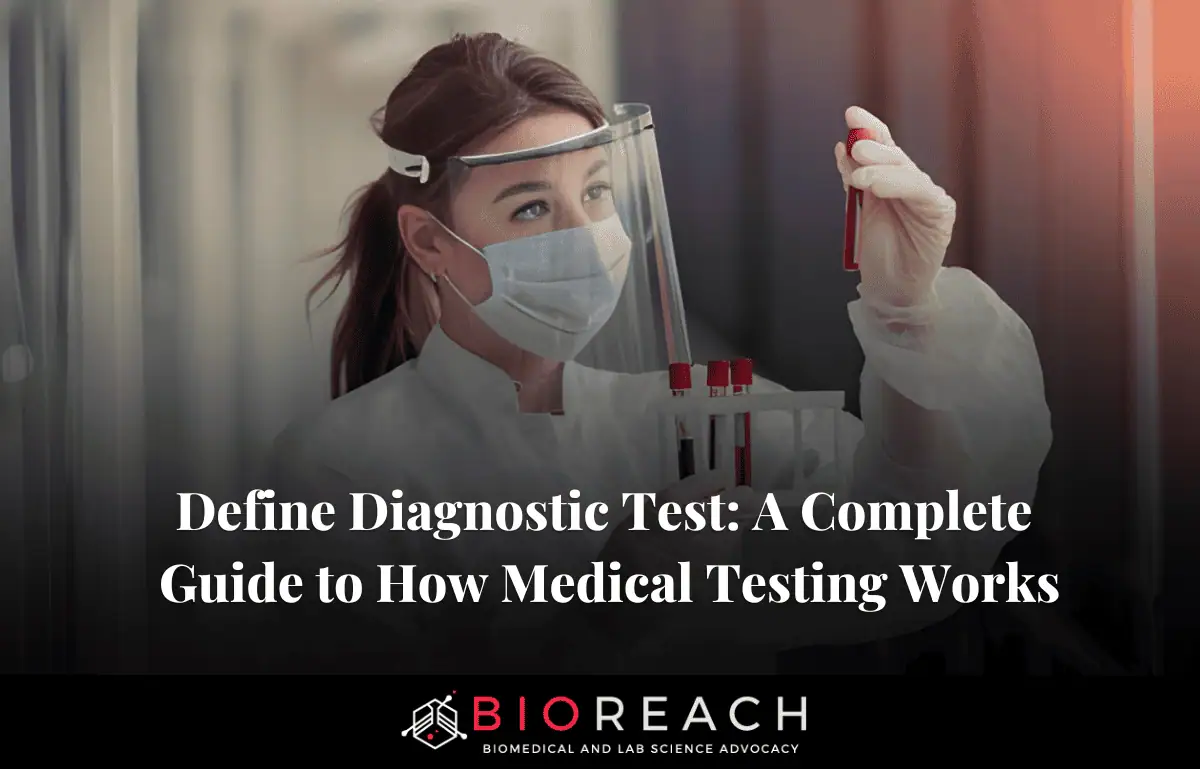What is a diagnostic test, and why does it matter for your health? Imagine waking up with a persistent cough, constant fatigue, or unexplained pain that disrupts your daily life. When you visit a doctor and describe these symptoms, they often recommend lab tests to uncover the cause. A diagnostic test examines samples like blood, urine, tissue, or breath to detect diseases, track health conditions, or confirm that your body is functioning properly. These tests transform uncertainty into clarity, guiding timely treatment and helping prevent serious health issues.
In 2025, doctors in the U.S. order over 14 billion lab tests every year. These tests influence about 70% of all medical decisions. Yet many people still see them as mysteries. The results often raise questions instead of answers. This article explains what diagnostic tests truly show about your health, from the basics and types to common mistakes, real examples, and new technologies. Once you understand diagnostic tests, you move from a passive patient to an informed partner in your own care.
What is Diagnostic Test: The Core of Medical Detection
A diagnostic test is any method used to find or confirm a health problem by studying your body’s samples or signals. The World Health Organization calls them vital for early detection. Many modern tests are more than 95% accurate when done correctly.
Unlike screening tests, which check healthy people for hidden risks, diagnostic tests focus on people who already have symptoms. They confirm or rule out specific issues seen during a physical exam.
Most diagnostic tests rely on biomarkers, measurable body indicators such as enzymes, hormones, genes, or germs. For example, high troponin levels in the blood mean heart muscle injury, showing a possible heart attack.
Diagnostic tools can be in vitro (tested outside the body in labs) or in vivo (inside the body, like scans). The FDA oversees more than 80,000 lab-based diagnostic products. It ensures each one meets strict standards for sensitivity (catching true positives) and specificity (avoiding false alarms).
History shows how far we’ve come. In ancient Egypt, healers “tasted” urine to check for disease. The 1918 flu pandemic proved the need for faster tests. That led to modern tools like antigen tests.
So, what is a diagnostic test in 2025? It’s a complete system. A doctor orders it based on your story and symptoms. Samples are collected safely and sent to the lab. Machines and computers analyze them. The results appear in your electronic health record. These numbers tell more than “sick or not.” They reveal how organs work, how far an illness has spread, and even your genetic risks. Without diagnostic tests, medicine would rely on guesswork and delay lifesaving care.

Types of Diagnostic Tests: Matching Tools to Health Clues
Diagnostic tests come in many forms. Each one fits a specific need or symptom.
Blood tests lead the way. They make up about 60% of all diagnostic work. A complete blood count (CBC) checks red and white cells and platelets. Low hemoglobin shows anemia; high white cells point to infection. Chemistry panels measure glucose, electrolytes, and kidney values. They help diagnose diabetes, dehydration, and other organ problems.
Urine tests are simple and painless. A urinalysis finds proteins that suggest kidney disease or bacteria that indicate urinary infections. Stool tests uncover hidden blood or parasites in the gut. Tissue biopsies, though more invasive, confirm cancers by letting pathologists study cells under a microscope.
Molecular diagnostics represent the latest frontier. Tests like PCR amplify DNA to find viruses such as HIV or COVID-19 with near-perfect accuracy. Next-generation sequencing (NGS) scans entire genomes to find mutations, vital in cancer care.
Imaging tests, like MRI and CT scans, let doctors see inside your body. Functional tests, such as an EKG, check heart rhythms.
Point-of-care tests (POCT) give results in minutes. Glucose meters, strep tests, and rapid flu kits fall into this group. In 2025, wearable sensors now track health in real time, analyzing sweat or saliva.
Each test matches a clue. Chest pain may lead to a cardiac enzyme test. Fever may need a blood culture. Knowing why your doctor chose one test over another helps you stay informed and involved.
The Diagnostic Process: From Sample Collection to Insights
Every diagnostic test follows careful steps. Preparation is first. Fasting before cholesterol tests avoids false results. Skipping coffee helps keep cortisol readings accurate. The collection is next. For blood, venipuncture (a simple draw from your arm) avoids cell damage that could affect potassium levels. In the lab, technicians handle samples gently to prevent errors. Automated analyzers run most tests. Immunoassays, for example, detect antigens using fluorescent light. Quality control is constant. U.S. laws under CLIA require 99% accuracy in lab proficiency checks.
After analysis, reports compare your results to standard ranges for your age, sex, and background. For instance, a positive COVID PCR test shows viral RNA is present. A lower “cycle threshold” means a higher viral load.
Turnaround time depends on urgency. Emergency tests may take hours, routine ones a few days. In 2025, digital lab systems will send results directly to your doctor’s computer. Abnormal findings trigger fast responses, like a biopsy after a high PSA. Step by step, this process turns raw samples into clear medical action.

Interpreting Results: Making Sense of the Numbers
Understanding test results takes context. Each report lists your value, the units, and a note if it’s high or low. Reference ranges cover most healthy people, but individual differences matter. For example, athletes may have higher creatinine without kidney disease.
Doctors compare your symptoms to your results. High blood pressure might mean stress in one case or kidney trouble in another. The same number can have many meanings.
Some tests show probabilities, not guarantees. A positive mammogram, for example, only means a 10–20% chance of cancer in low-risk women.
Trends over time tell the real story. A rising HbA1c means worsening diabetes. A sudden high potassium level can signal danger and needs urgent care.
Doctors add notes to explain tricky cases. A comment like “atypical cells, repeat advised” guides next steps.
Patients can view reports online, but self-guessing can cause fear. Mildly high liver enzymes after exercise are usually harmless. Your provider sees the bigger picture, linking results with your lifestyle, diet, and history. Diagnostic tests don’t just give numbers, they tell stories about your health journey.
Common Diagnostic Tests and What They Reveal
Every day complaints often lead to familiar tests.
For fatigue, doctors order thyroid panels. A low TSH level means the thyroid is underactive. Treatment with levothyroxine restores energy.
For abdominal pain, liver function tests (LFTs) spot hepatitis through high ALT or AST.
For infection, swabs or cultures find the cause. A strep throat test detects bacteria needing antibiotics. Modern multiplex PCR panels now check flu, RSV, and COVID-19 all at once.
Cancer tests track tumor markers like CA-125 for ovarian cancer. But these markers aren’t perfect; other conditions can raise them too.
Heart tests like stress EKGs detect blocked arteries. Autoimmune tests, such as ANA, screen for lupus or rheumatoid issues.
In newborns, heel-prick tests catch more than 60 disorders early. In older adults, bone density scans diagnose osteoporosis.
These tests do more than find disease; they explain causes. Iron studies, for instance, show whether anemia comes from low iron or chronic illness. That insight directs the right treatment, from diet changes to transfusions.

Real-World Case Studies: How Tests Save Lives
Diagnostic tests shine when time matters. During the 2023 mpox outbreak, PCR on skin swabs confirmed infections fast. Quick diagnosis helped isolate patients and stop the spread.
A 55-year-old with weight loss had a colonoscopy. The biopsy found stage II colon cancer. Liquid biopsy later tracked DNA fragments to guide treatment; now the patient is cancer-free. A diabetic with blurred vision tested high on HbA1c. A retinal scan showed kidney strain. Early drugs stopped further damage. In rural India, rapid malaria tests treated one million people in 2024, saving lives through early detection.
A viral X post by @DrLabGeek described a sepsis case. Blood cultures found MRSA, and targeted antibiotics saved the patient. Another thread showed how next-gen sequencing identified a rare genetic disease in a child, leading to lifesaving therapy. These cases prove that diagnostic tests turn symptoms into survival stories.
Challenges in Diagnostic Testing: Barriers to Accuracy
Despite progress, many challenges remain. Access is unequal. In low-income nations, only 1% of diagnostic tools are available. Some tests cost $50-500, unaffordable for many. Errors still occur in up to 5% of results. Most happen before testing, labels are mixed up, or samples are stored wrong. Some arise from faulty reagents or over-testing. Up to half of all tests may be unnecessary.
False positives confuse patients and waste time. In rural clinics, delays can stretch to weeks. Privacy breaches under HIPAA cost labs millions in fines. In hot climates, heat can destroy samples before they reach labs.
Biases also matter. Some test ranges fit Western populations better than others, leading to misdiagnosis. Shortages of trained staff, 10% in 2025, and slow operations. Solutions include wider use of point-of-care tests, AI-powered error checks, and shared tele-lab systems.
Technological Advancements: The New Age of Precision
Technology is transforming diagnostics. AI now reads blood smears and finds malaria with 97% accuracy. Apps like PathAI bring lab expertise to smartphones. Wearable biosensors track glucose and warn users of drops before symptoms appear. CRISPR-based kits detect viruses like dengue with pinpoint precision. Multi-omics, combining genes and proteins, predicts complex diseases. IBM’s Watson Health predicts sepsis hours before symptoms.
Home test kits for HPV or colon cancer send results through mobile apps. Blockchain keeps lab data secure and private. Mini labs built with 3D printing perform tests during disasters. By 2030, quantum computing may decode entire genomes in minutes.
These tools make diagnostic testing smarter, faster, and fairer. They turn symptoms into solutions almost instantly.
Empowering Patients: Taking Charge of Your Tests
Knowledge is power. Ask your doctor why a test is needed. Follow prep rules exactly, fast when told, and avoid certain foods or drinks. Track your test results in digital apps like MyChart. Compare trends over time. Ask if your results are adjusted for your age or background.
If confused, seek a second opinion. You have the right to review and correct errors under HIPAA.
Use trusted resources like Lab Tests Online to learn what your results mean. Join clinical studies if offered; they expand access to new tests.
By 2025, many patients will utilize genetic testing services, such as 23andMe, to inform their preventive care. Advocate for full panels, not just minimal testing.
Conclusion
From first symptoms to clear solutions, diagnostic tests light the path to better health. At their best, they are precise, reliable, and deeply personal. They detect illness early, track progress, and guide treatment tailored to you. Every year, billions of tests save lives and improve outcomes. Still, challenges like access, cost, and data privacy must be solved.
Stay curious. Ask questions. Understand your results. Diagnostic tests are not mysteries; they are mirrors reflecting your body’s truth. With knowledge and science on your side, every test brings you one step closer to wellness.














